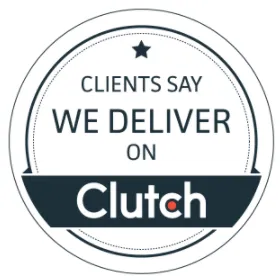From Vision to Execution – Customized Solutions for Startups, Growth, and Enterprises





1400+
five star reviews
25K+
active user
900+
Organisations
40M+
Contacts Managed
80M+
Messages Sent

Cristhian D.
Small Business Owner
100%
timely ticket resolution
100%
Support over weekends
3000+
Live tournaments hosted
7.2M+
in valuation

Nikita Ribakovs
Founder & CEO - Tournated
40000+
Product Customers
1100+
Product Reviews
Award
Featured by Google
120+
Projects Delivered
90%
Customer Satisfaction
14+
Industries served
50+
Experts


WAWCD by Spadasoft has achieved a 4.8 out of 5 rating on G2, based on 26 user reviews. Users commend its user-friendly interface and efficient contact management features.

Spadasoft has earned a 4.8-star rating on Clutch, reflecting high client satisfaction with our custom software solutions.

WAWCD by Spadasoft proudly holds a 4.8-star rating from 153 users on Trustpilot, showcasing exceptional customer satisfaction.

Spadasoft, a Top Rated Plus agency on Upwork, boasts 100% job success, 16 projects, 1,609 hours, and all 5-star reviews.